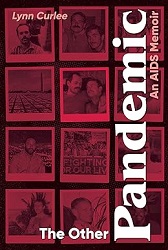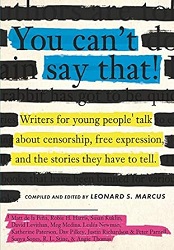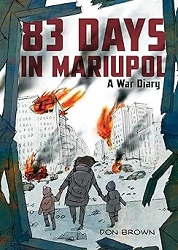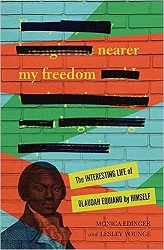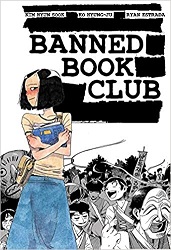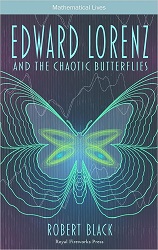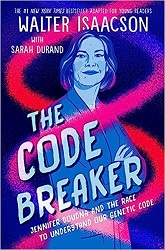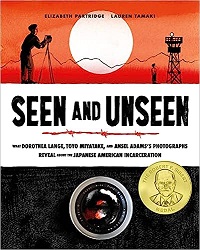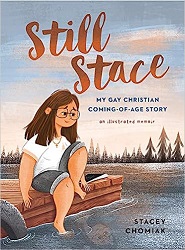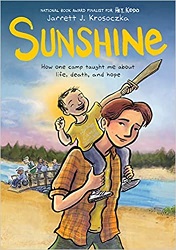Review of The Other Pandemic, by Lynn Curlee
An AIDS Memoir
by Lynn Curlee
Charlesbridge Teen, 2023. 164 pages.
Review written December 4, 2023, from a library book.
In The Other Pandemic, Lynn Curlee tells his own story, as a young gay man in the 1980s — when his friends and his community started dying.
He begins by setting the stage with what it was like for him to grow up as gay in the 1960s, then talks about starting his career as an artist in New York City. He talks about the connections he made and the friendships he built — and then his friends started getting sick. After several years, his own life partner passed away from AIDS.
At the back of the book, after the main story, he’s got photographs and loving tributes to eleven friends who died of AIDS. This book helps the reader understand the pain and fear of that time for gay men. He highlights the non-response of the government for many years and hopes we’ve learned something about dealing with pandemics.
Here’s an excerpt from the Epilogue:
An entire generation of gay men was decimated by AIDS, and the survivors were forever changed. We came from every walk of life: businessmen, architects, teachers, doctors, bartenders, lawyers, plumbers, actors, contractors, musicians, salesmen, designers, factory workers, composers, deliverymen, artists, athletes, and more. There had always been outspoken homosexual individuals who lived their lives openly, and throughout the entire twentieth century there was a thriving underground gay subculture, particularly in the big cities. But before Gay Pride, the vast majority of gay people were invisible. They lived their daily lives in the closet because of homophobia. While there were activists before, it was an entire generation that came of age in the late 1960s and early ’70s that asserted and then openly lived the idea that gay people should be proud of who we are, and not ashamed of our natural orientation. We were the generation that refused to hide in the shadows and insisted upon equality….
If only Americans could learn from the experience of the gay community and stop wasting time floundering in denial and wallowing in hatred. Throughout the AIDS crisis, the movement for equality and acceptance continued, but it was temporarily overshadowed by the challenge of coming to terms with the horrific carnage. Out of this struggle the AIDS generation of gay people made a community forged in pain and sorrow, tempered by compassion, and eventually resulting in a newfound strength and purpose.
This book was eye-opening for me because I was a college student in the early 1980s and had no idea this was going on. Lynn Curlee telling his own story gives a window into the lives of people who didn’t have the luxury of ignorance.
curleeart.com
charlesbridge.com
Find this review on Sonderbooks at: www.sonderbooks.com/Teen_Nonfiction/other_pandemic.html
Disclosure: I am an Amazon Affiliate, and will earn a small percentage if you order a book on Amazon after clicking through from my site.
Disclaimer: I am a professional librarian, but the views expressed are solely my own, and in no way represent the official views of my employer or of any committee or group of which I am part.
What did you think of this book?
